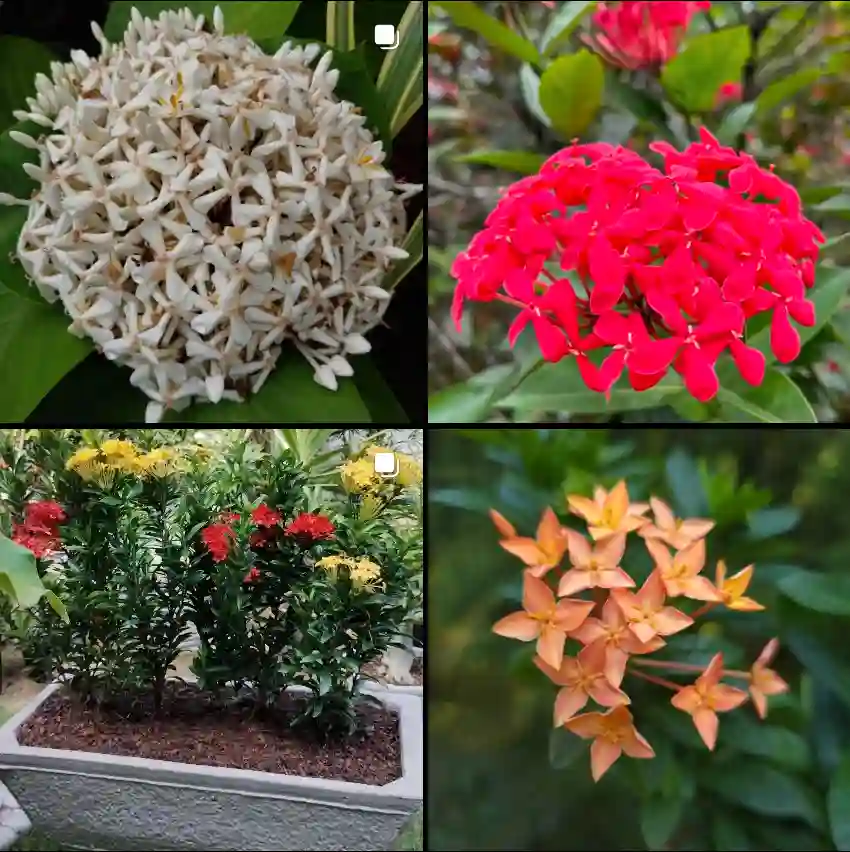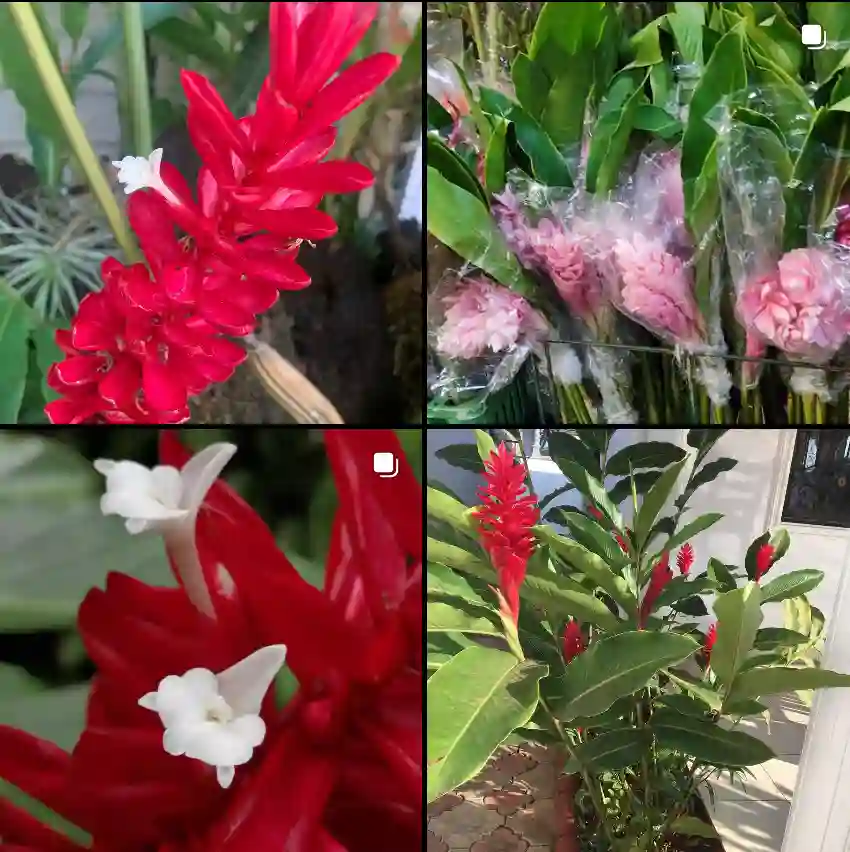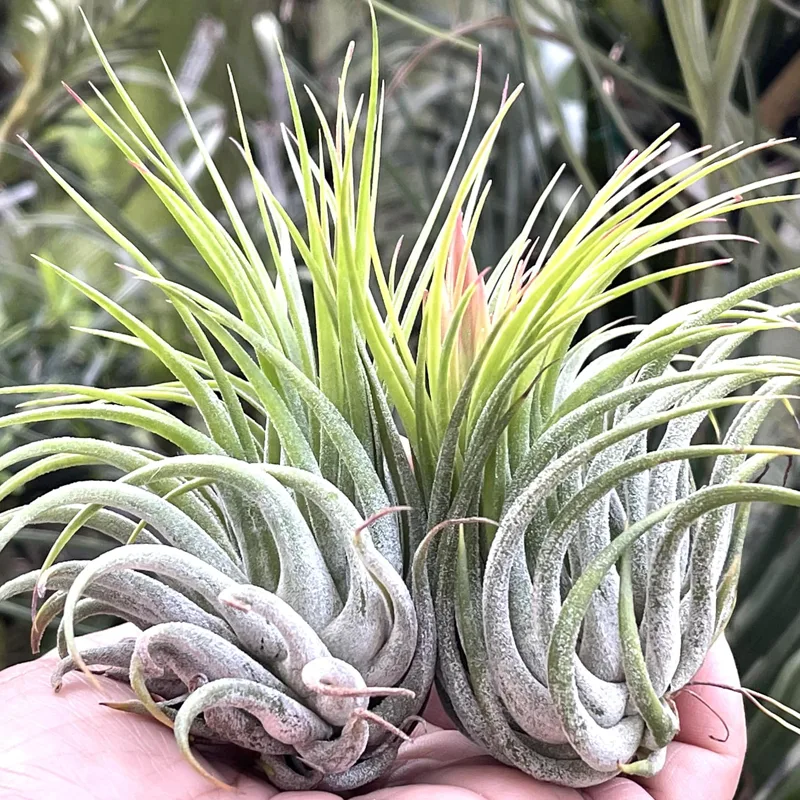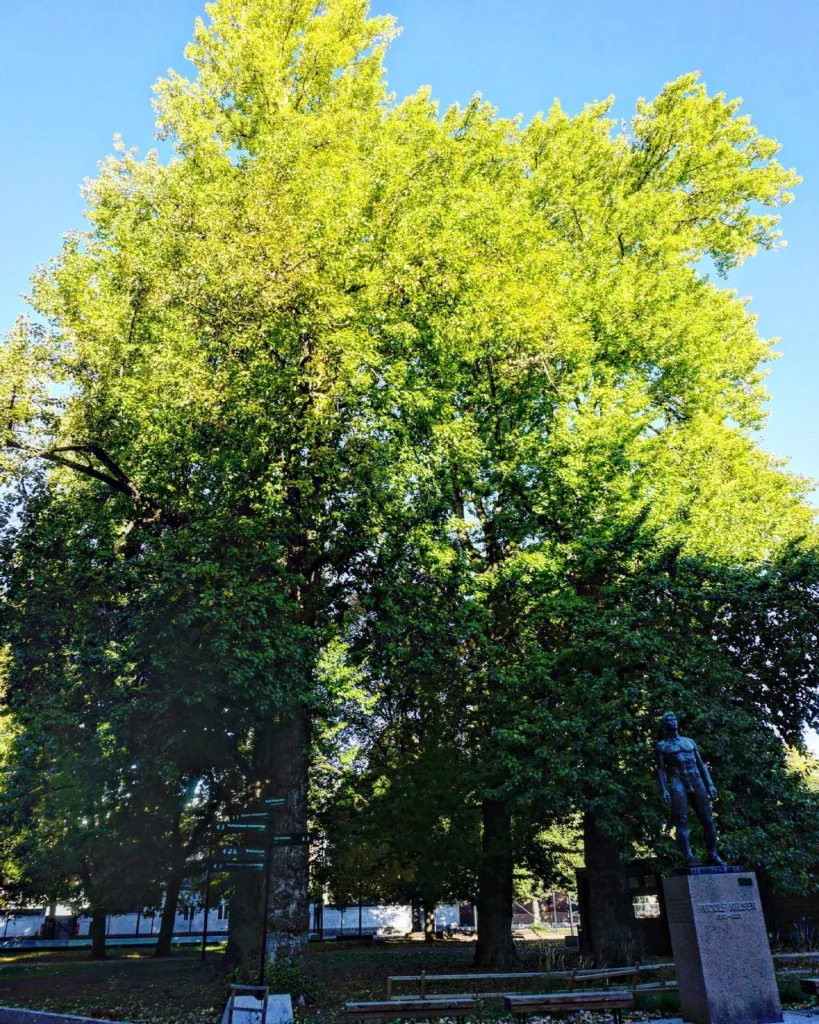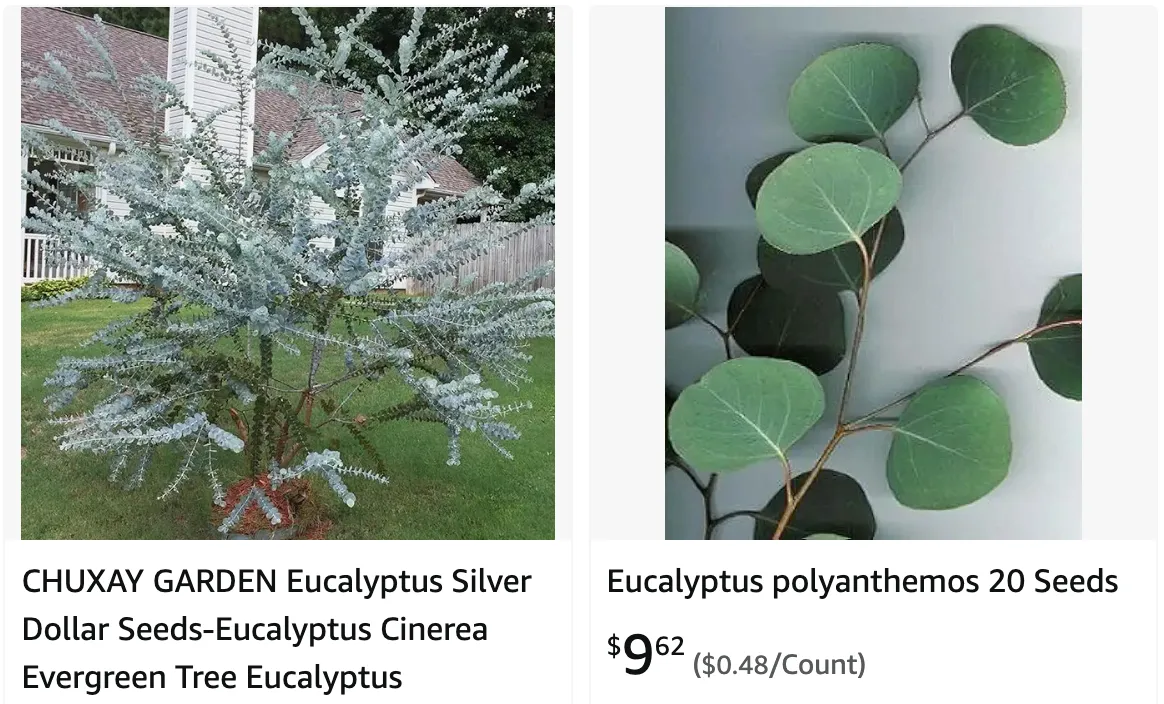
The Allure of the Red Box: Growing Eucalyptus polyanthemos in Your Garden
There’s a certain undeniable charm to Australian natives. Perhaps it’s their resilience, their ability to thrive in harsh conditions, or the unique beauty they bring to a landscape. Eucalyptus polyanthemos, commonly known as the Red Box, is no exception. This small to medium-sized tree has captivated me with its silvery-green foliage and distinctive, sometimes colorful bark. But beyond aesthetics, the Red Box offers a surprising amount of adaptability, making it a potential candidate for many gardens.
803 Species in Genus Eucalyptus
Eucalyptus Polyanthemos vs Cinerea
I’ve had Eucalyptus polyanthemos in my garden for a while now, and its silver-green foliage is striking and adds a unique touch to the landscape. In contrast, Eucalyptus cinerea’s foliage is more subdued, with a softer blue-gray tone that creates a more muted, yet equally elegant, appearance. I find that polyanthemos grows a bit faster and denser, making it a more noticeable feature in the garden, whereas cinerea’s slower growth can be perfect if you’re looking for something more understated. The aroma of polyanthemos is stronger and more fragrant, which I really enjoy, while cinerea has a gentler scent that’s pleasant but less overwhelming.
Where Does the Red Box Shine?
Before diving into planting, it’s crucial to understand the Red Box’s preferred environment. This tree is native to eastern Australia, specifically areas with well-drained soils and moderate rainfall. It thrives in full sun and can tolerate periods of drought, making it suitable for drier climates. However, excessive moisture can lead to root rot, so ensure proper drainage is a priority.
How to Grow Eucalyptus polyanthemos?
Planting a Red Box is a straightforward process. Here’s what you’ll need:
- A young Eucalyptus polyanthemos tree (consider reputable nurseries)
- Well-draining soil (sandy loam is ideal)
- Shovel
- Mulch (optional)
- Choose the Right Spot: Select a location with full sun exposure and good air circulation. Avoid planting too close to structures or other trees, as the Red Box can develop a wide root system.
- Prepare the Planting Hole: Dig a hole at least twice the width of the tree’s root ball and slightly deeper. Loosen the surrounding soil to encourage root growth.
- Planting: Gently remove the tree from its container and loosen any tightly bound roots. Position it in the hole, ensuring the root crown sits level with the surrounding soil. Backfill the hole and tamp down gently to remove air pockets.
- Watering: Water the newly planted tree deeply to settle the soil. Continue to water regularly, especially during the first growing season, but avoid overwatering.
How to care for Red Box?
With proper care, your Red Box will reward you with years of beauty. Here are some key points to remember:
- Watering: Once established, the Red Box is relatively drought-tolerant. Water deeply during extended dry periods, but allow the soil to dry slightly between waterings.
- Pruning: Regular pruning isn’t necessary, but you can remove dead, diseased, or crossing branches to maintain a desired shape. Prune during the winter months when the tree is dormant.
- Fertilization: While not strictly required, a light application of slow-release fertilizer in early spring can encourage healthy growth. Opt for a balanced fertilizer formulated for native plants.
What to Plant With Your Red Box?
The Red Box’s silvery-green foliage pairs well with a variety of plants. Here are a few ideas:
- Low-growing shrubs: Grevilleas, wattles (Acacia spp.), and native grasses create a cohesive Australian theme.
- Perennials: Lavender, Salvias, and ornamental grasses add pops of color and texture.
- Succulents: Drought-tolerant succulents like Aloe vera or Echeveria complement the Red Box’s water-wise nature.
Potential Challenges and Solutions
While the Red Box is a relatively low-maintenance tree, there are a few potential challenges to be aware of:
- Leaf Blight: Fungal diseases can cause leaf spotting or wilting. Prune away affected branches and improve air circulation around the tree. In severe cases, a fungicide may be necessary.
- Borers: These insects can damage the tree’s trunk and branches. Look for signs of infestation like sap trails or sawdust and consult a professional for treatment options.
The Reward: A Touch of Australia in Your Garden
Growing Eucalyptus polyanthemos offers a unique opportunity to bring a touch of Australia’s natural beauty to your garden. With its attractive foliage, drought tolerance, and adaptability, the Red Box can be a valuable addition to a variety of landscapes. By providing the right environment and basic care, you can enjoy this captivating tree for years to come.
If i die, water my plants!
